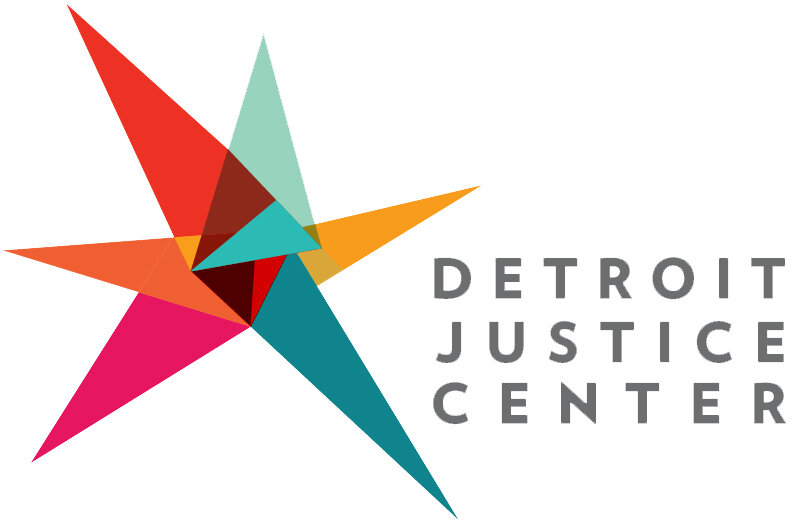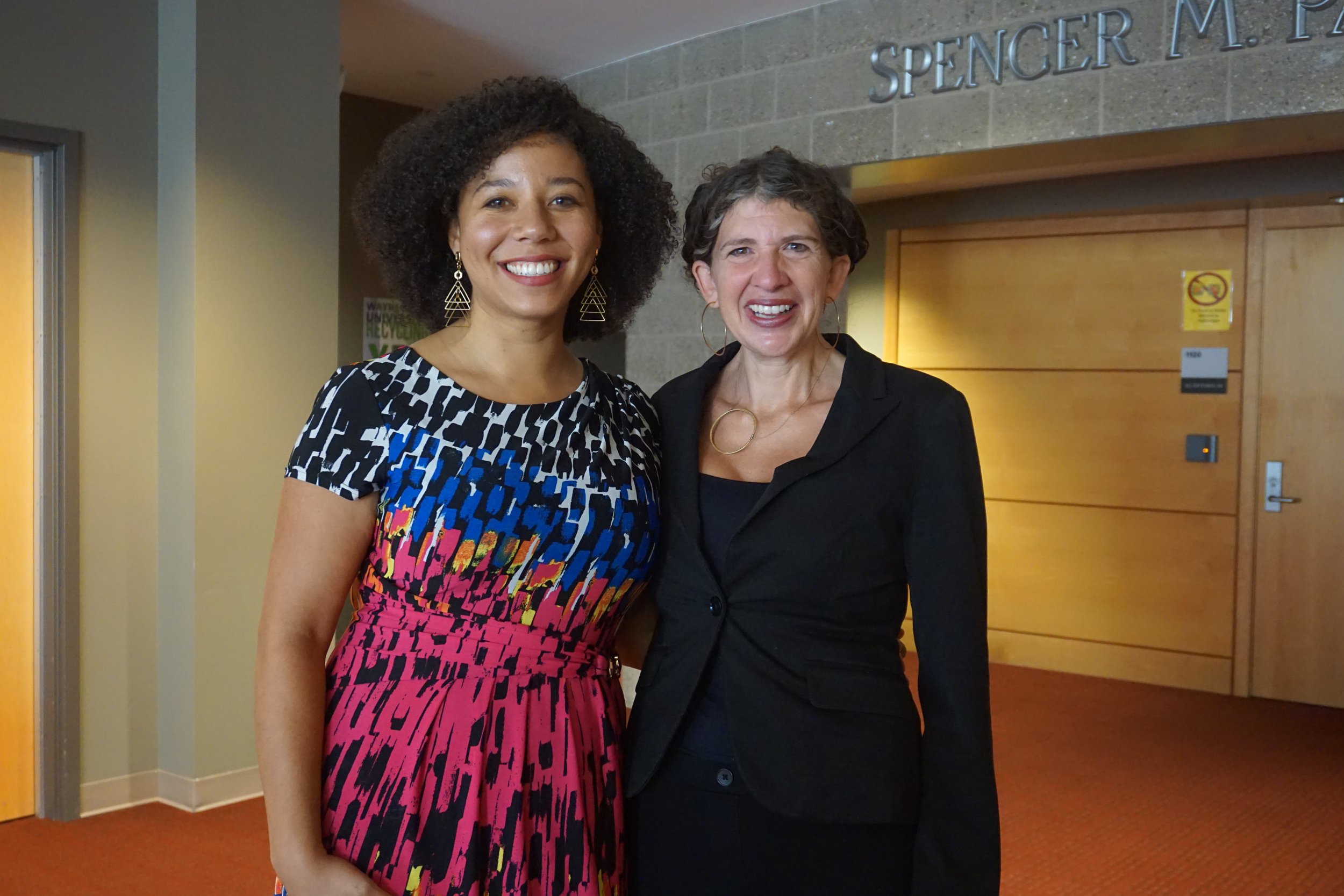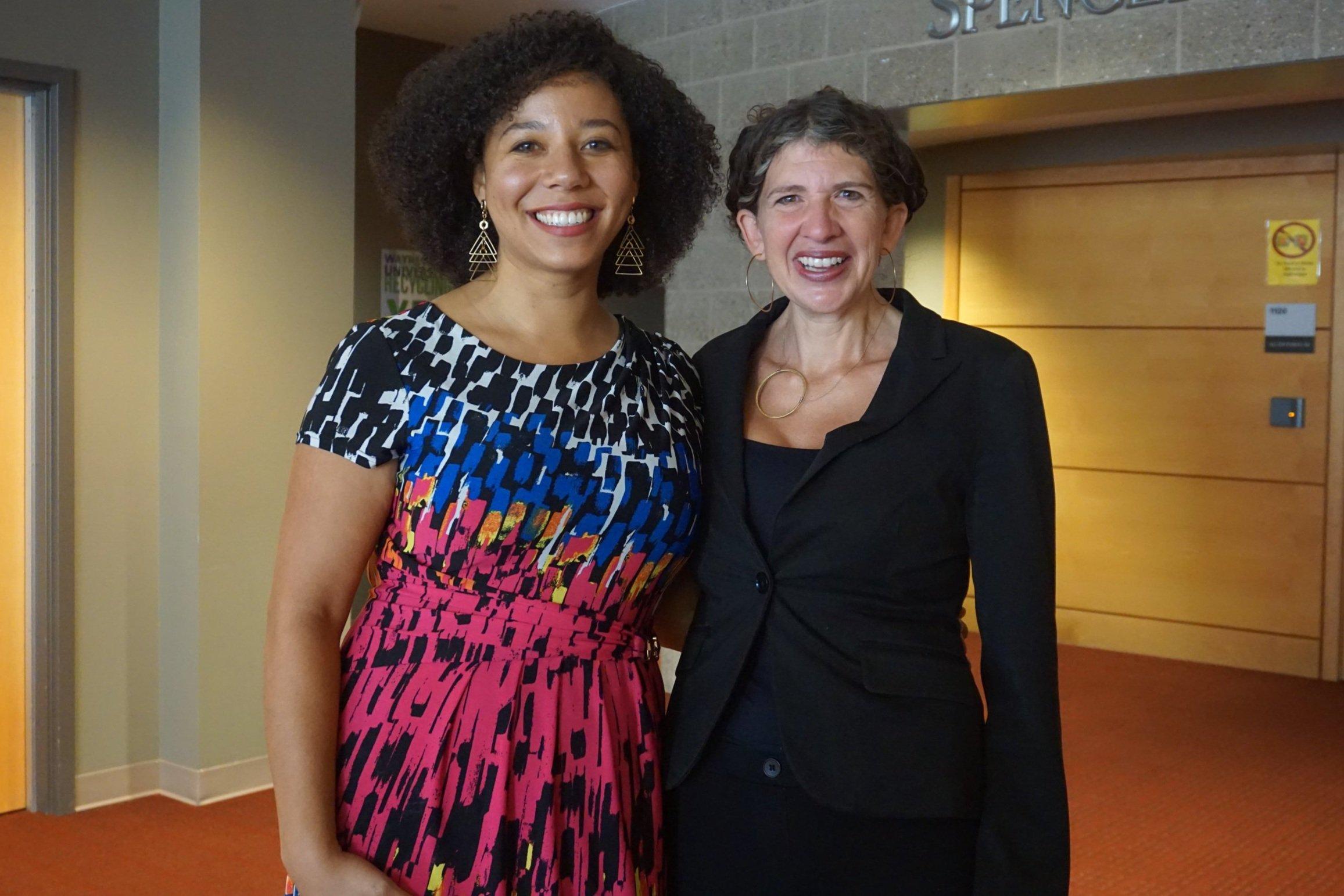Effective responses to violence—preventing it, interrupting it, holding people accountable, and helping people heal—already exist. We need to learn from and invest in them.
AMANDA ALEXANDER, DANIELLE SERED (Originally published in the Boston Review Nov. 1, 2021)
Our ED Amanda Alexander and Danielle Sered of Common Justice penned an essay titled “Making Communities Safe, Without the Police” that was recently published in the Boston Review. The essay that was featured in the publication’s Law & Justice section uplifts that “effective responses to violence—preventing it, interrupting it, holding people accountable, and helping people heal—already exist. We need to learn from and invest in them.”
Read an excerpt below:
As a country the United States deals with violence through policing and punishment, typically in the form of incarceration. We do this even though policing has an unbroken history of perpetuating and enforcing racial inequity and generating harm ranging from fatal violence to a generalized environment of hostility, enmity, and fear. We do this despite policing’s myopic and debilitating focus on individual wrongdoing devoid from its structural and historical context. We do this even though incarceration has been demonstrated to have criminogenic effects—meaning it can make people likelier, rather than less likely, to commit further harm. This should not be surprising given the ways incarceration exacerbates both structural causes of violence such as neighborhood-level inequity, as well as individual drivers such as shame, isolation, exposure to violence, and economic disenfranchisement. But policing and prisons have never delivered safety—particularly not for Black people and people of color—and they never will. We have invested trillions of public dollars over decades in “solutions” that have hurt many but not offered relief.
It is this elemental failure of the criminal punishment system that the organizers of the “defund the police” movement have long known. Their analysis and clarion call for change rose to the top of the national airwaves in the months following the police murder of George Floyd in Minneapolis in 2020. In the year since, many people have continued to debate the semantics and political palatability of “defund the police,” too often at the expense of answering the real question the movement poses: what will keep people safe? And will we, as a country, choose to invest our resources accordingly? The increase in lethal violence over the past year makes these questions even more urgent. And police are still not the answer.
When we discuss violence, we must uproot a wide range of myths: the myth that people who are responsible for violence are not also survivors of violence, the myth that prisons reliably produce safety, the myth that individual evil, rather than structural factors, is the primary driver of violence, and more. But perhaps the myth that we must uproot most urgently—if we are to uproot the others and end harm in our communities—is the story that we do not know what to do. In cities and towns across the country, people have produced safety in ways the criminal punishment system has not and cannot. These are solutions people have long needed and deployed, and the moral question of our moment is whether we will invest in them as though every single child’s survival is our shared business.
Read more at the Boston Review.


